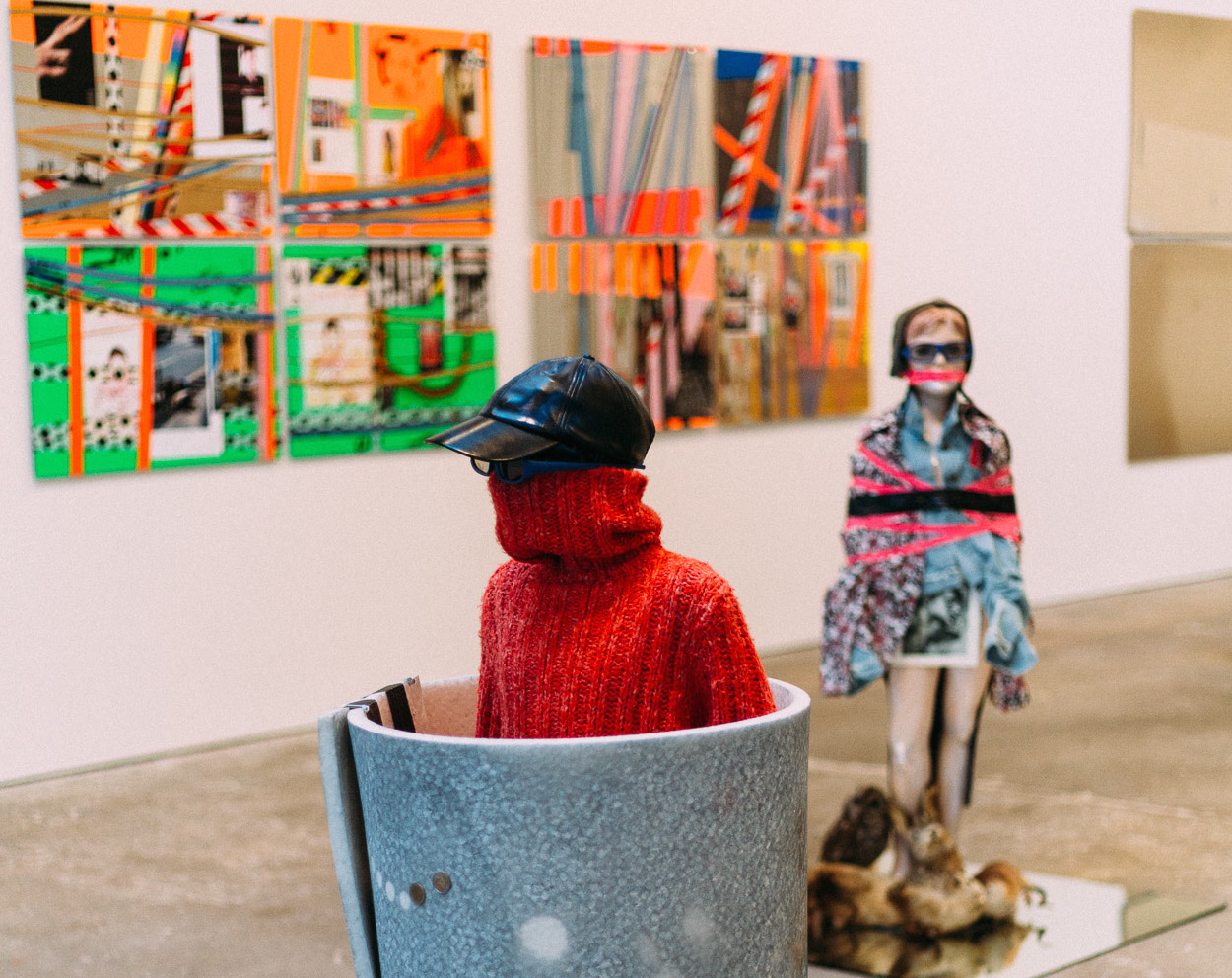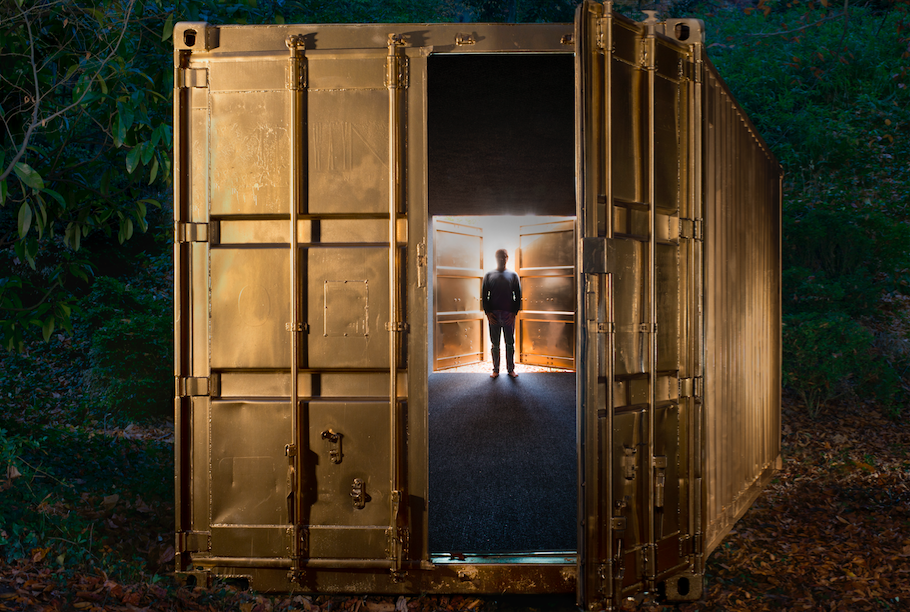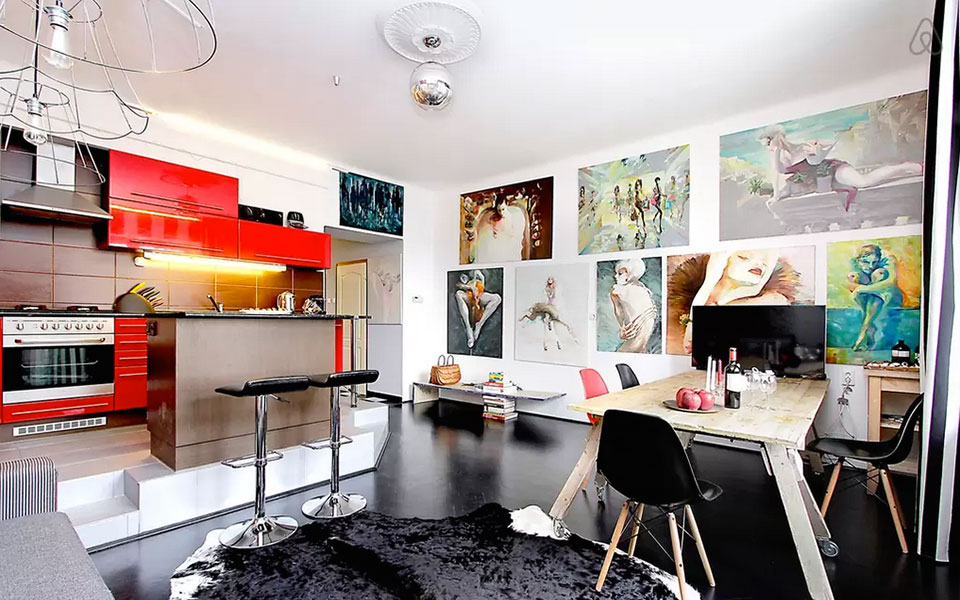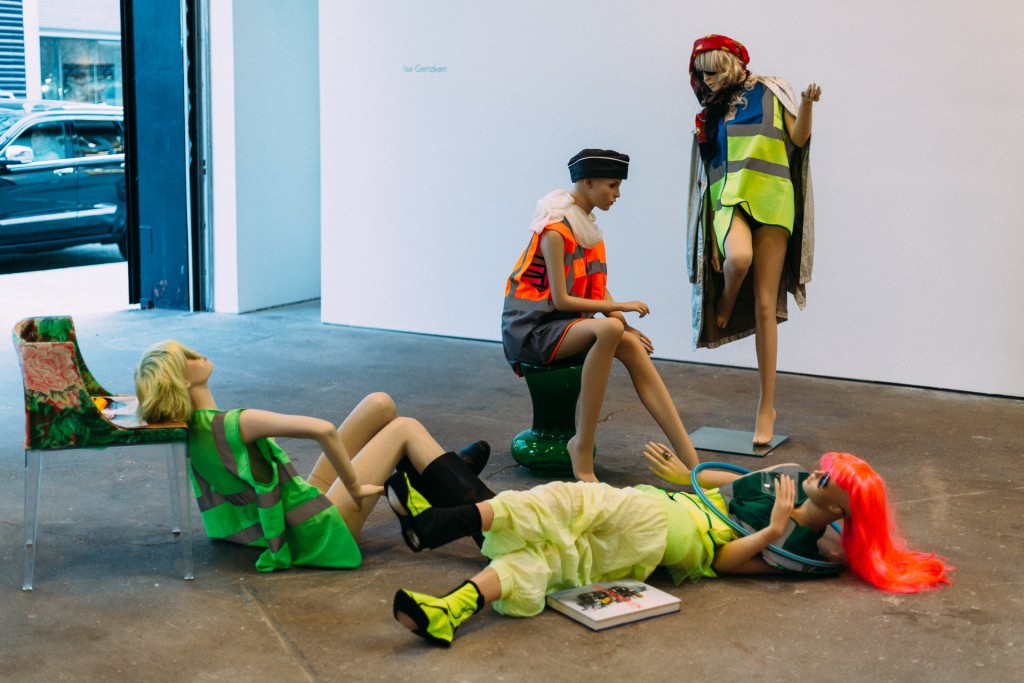
More often than not, art that falls into the “conceptual” category is misunderstood and thus ignored or criticized if it doesn’t have an obvious flashy quality. Unless the viewer has done prior research or has past knowledge about the artist at hand, many viewers can become entirely lost while browsing a conceptual artwork collection.
There is a very thin line differentiating the two artistic styles and they can overlap at times. Conceptual works pertain to the notion that the meaning and concept behind the work have more depth and aptitude compared to the overall aesthetic. Abstraction, on the other hand, aims to highlight the aesthetic, giving the artwork deeper meaning through a distorted or convoluted lens.
This past week, David Zwirner opened two almost entirely conceptual shows, Isa Genzken’s solo show and Wolfgang Tillmans’ PCR. One too many people have voiced disappointment by the shows, not because they found them dull or uneventful, but because they felt the shows appeared as though they required little artistic skill or talent.
This is of course not the first time conceptual or abstract artworks have been critiqued for this reason. Who could forget the founder of abstract Dadaism, Marcel Duchamp, and his Fountain (1917)? Towards the beginning of his career, critics despised his minimalist “readymade” works. Later on, however, his infamous style influenced legendary artists like Andy Warhol, Dan Flavin, Robert Rauschenberg, and many more.

When viewing the Genzken series (or other conceptual works), you first need to consider the use of media. In Isa’s latest show at Zwirner, she followed her ongoing practice of using different media that draw upon everyday consumer culture, including design, mass media, architecture, and urban environments.
Between her traffic cop x New York hooker sculptures, the plaster replicas of the bust of Nefertiti, the uncanny accuracy of the twin towers, and the flat works on the wall made by a process of layering various reflective materials, her impressionable works expose her fascination with urban culture. While she aims to be aesthetically interesting, the work’s real focus is to inspire thoughts about the relationships between architecture and art, commercial goods, and everyday life.

While browsing the works of Tillmans (or other abstract photographers), be aware of the photographic manipulation behind these perceivably unclear images. To create a desired aesthetic, artist’s crop, enhance, expose, and commit many other means of photo manipulation in order to convey a particular theme or underlying opinion.
In the Tillmans exhibit, each work is a sample from a seemingly infinite pool of possible subject matter. From the highly contrasted Russian gay club photographs to the large prescription drug portrait emanating classical horror vacui, all of Tillman’s work have deliberate intent. Whether hung or taped upon bright white walls or laid flatly on wooden tables, the work explores the parallel between current social and political commentary through an abstracted, thought provoking lens. The overall goal is to allow viewers to come to their own creative conclusions.
Even the show’s title PCR, is ripe with meaning. PCR is an abbreviation for “polymerase chain reaction” (a technique in molecular biology of amplifying a DNA molecule), which echoes a recurring interest in Tillmans’ works. Essentially, PCR can determine the overall genetic identity of an individual from a trace amount of starting material (a single hair follicle, for example).
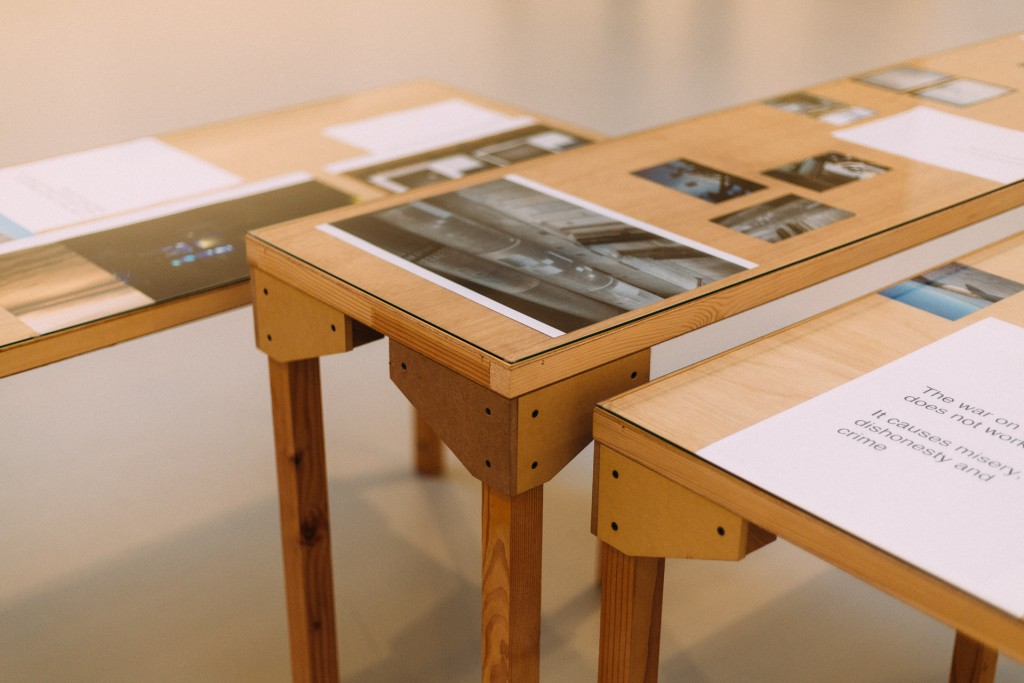
While some works may be a bit out there for your taste, try to approach all art without any prejudice or judgement. We’re not saying you have to love it all (in fact you shouldn’t), but try to attempt to understand the stories behind the conceptual and abstract works before you make a decision on what is good, and what is bad.
To find out more information on both Genzken’s and Tillmans’ work you can find both of their press releases and bios on the David Zwirner webpage.


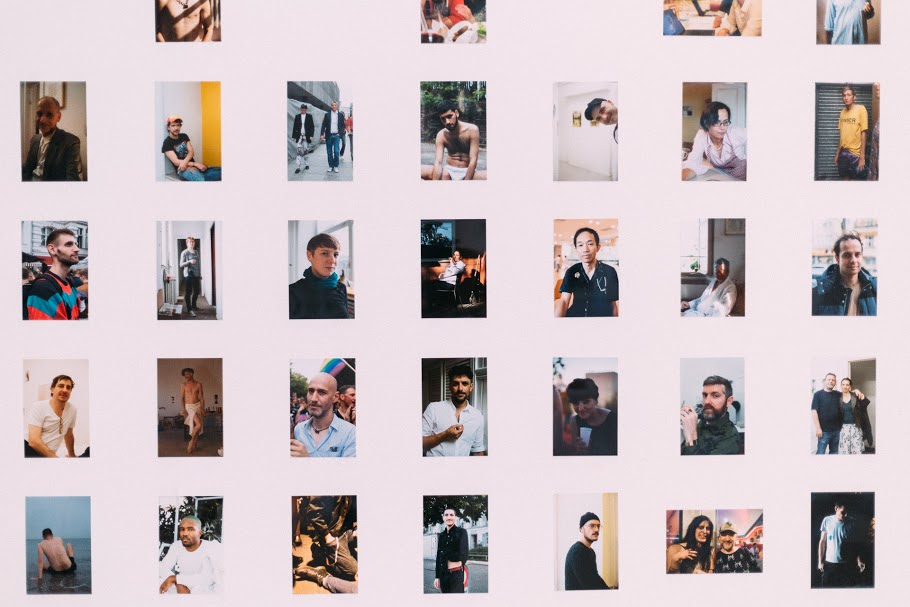
Like this article? Check out our coverage of unlikely places to experience great art in NYC, or our other gallery and fair highlights.


